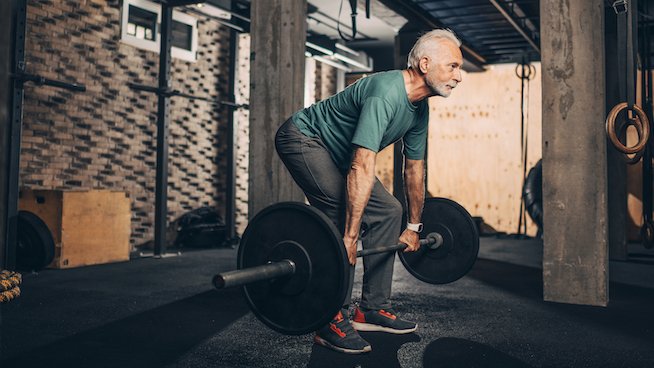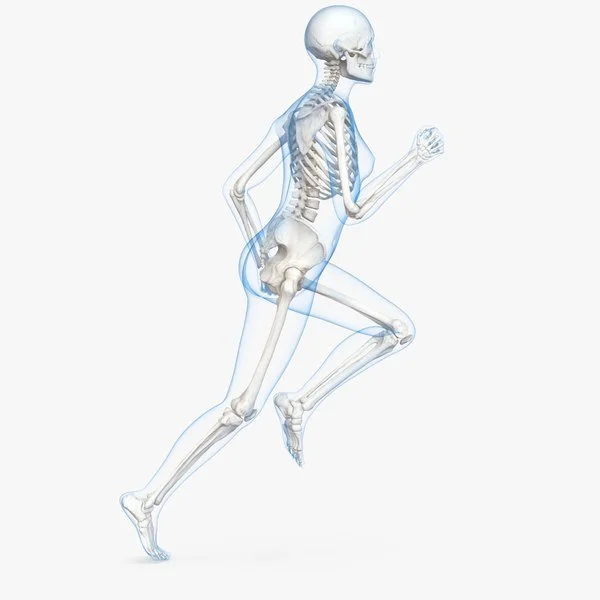What To Do If You're Freaking Out Because You Have A Tough Training Session
Understandably, you’re feeling anxious and nervous that you might not be able to hit the planned splits. Many of us aren’t comfortable with failing and there’s a real possibility this session won’t go well.
Or, at least, that’s one way to approach the session.
What if I were to tell you how you respond to the session is partly determined before you even lace up your racing flats?
That, in fact, how you simply view the session determines what type of hormonal response you’ll get from the session.
Case Study: Fix The Cause, Not The Symptom
I recently worked with someone who is training for the Boston Marathon, but was sidelined due to knee pain. We met for 2 (TWO) sessions and she's back to full-on training!
5 Common Workout Mistakes That Make Philly Fitness Trainers Cringe
Nothing kills an exercise high quite like injury — especially when it’s an injury you could have prevented. Here, at Be Well, we want you all to be as healthy as can be. So, to learn about common workout mistakes that can cause injury (and how to avoid that mess), we went to the professionals, asking Philly fitness trainers and running coaches what the top injury-inducing mistakes they see their clients making are. Because no one wants to be benched after just getting into the groove. Follow this wisdom and you’ll be movin’ and groovin’ through your workouts — safely.
Why You Should Sprint and 3 Great Cues for Sprinting Better
Want a faster 'easy run' pace? Marathon pace? 5K pace? Science and practical experience tells us that by increasing your maximal sprint speed ALL other speeds become faster, too. Due to your ability to recruit more muscle fibers and generate more stiffness at impact, running starts to cost less energy, so you become more efficient. So, if you've been doing some speedwork and feel ready to level up, here are three great sprinting cues you can use today!
Trying To Get Fast? Rest More.
When analyzing a runner's training log one thing that usually jumps out at me is what's missing. I look for gaps.One gap that is very common is speed. And with good reason – it requires knowledge to do it correctly and it's easy to get hurt!
Case Study: Mysterious Hip Pain
Today I had an amazing professional experience. A client, who back in September suffered a hip injury, is now able to run again after a single session. Here's what happened...
The Most Common Injury That Haunts You To This Day
Just like lots of other injuries, surgeries, impacts, traumas, and sometimes just garden variety dings that we sustain over the years, an ankle sprain leaves an imprint on the brain. And it is likely you're still paying a price today.
My Life is Busy and Hectic. Should I Train For A Marathon?
Full disclosure: I have NEVER been asked this. It's probably because people know the answer and don't want to hear it. But where do you draw the line?
No, It Is Not Normal To 'Leak' While Running
Sadly most just accept this as normal, thinking it's either "just part of aging" or, in the case of women who've given birth, that it comes with the territory. The point I'd like to make today is that if this sounds like you, there are absolutely solutions to this problem and there's no reason to continue suffering.










